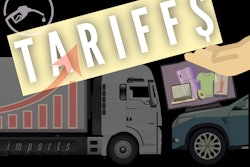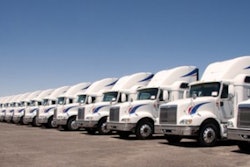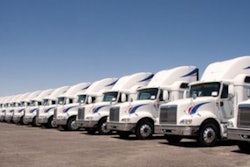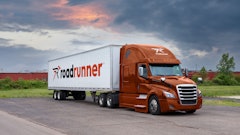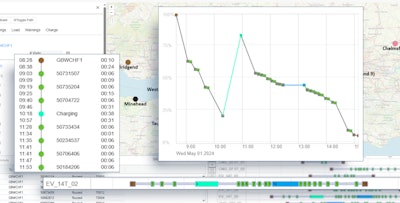
Optrak Distribution Software launched a new cloud-based route optimization platform designed to help road freight operators manage fleet decarbonization while improving efficiency in existing operations.
“For operators running primarily diesel fleets, the platform delivers performance gains through advanced optimization heuristics and integrated load optimization,” says Tom Pigden, commercial director at Optrak. “This includes full modelling of vehicle compartments, temperature zones, stacking and nesting rules, as well as automated sequencing of complex multi-drop deliveries, particularly relevant in food and drink distribution.”
Key takeaways:
· This system combines EV consumption modelling, en-route charging and alternative fuel support with advanced load and route optimization.
· Operators can use the platform for daily mixed-fleet planning or strategic “what-if” analysis when assessing fleet transition options.
· The new system models EV energy use by factoring in gradients, load mass, congestion, weather and auxiliary systems. En-route charging is included, with integration into emerging public and private charging networks such as ZEHID, enabling planners to schedule longer trips with arrival times, charging durations and estimated costs.
· The platform can also model alternative fuels such as HVO, CNG and biofuels alongside diesel and EVs. Operators can apply site- or map-based rules to prioritize low-carbon vehicles for specific areas or customers, while comparative CO₂ reporting supports both Scope 3 and internal emissions reporting.
· The optimization engine is built on a detailed real-world model, including time-dependent road speeds, site and vehicle restrictions, driver shifts, overnight rules and split time windows. A cost model aligns with operator pricing structures to identify the lowest cost to serve while meeting customer requirements.
· AI-driven self-tuning ensures routing accuracy as operations evolve. The system selects the most effective optimization methods for a given delivery model, continuously incorporating new research so operators of all sizes benefit from up-to-date solutions without disruption.





